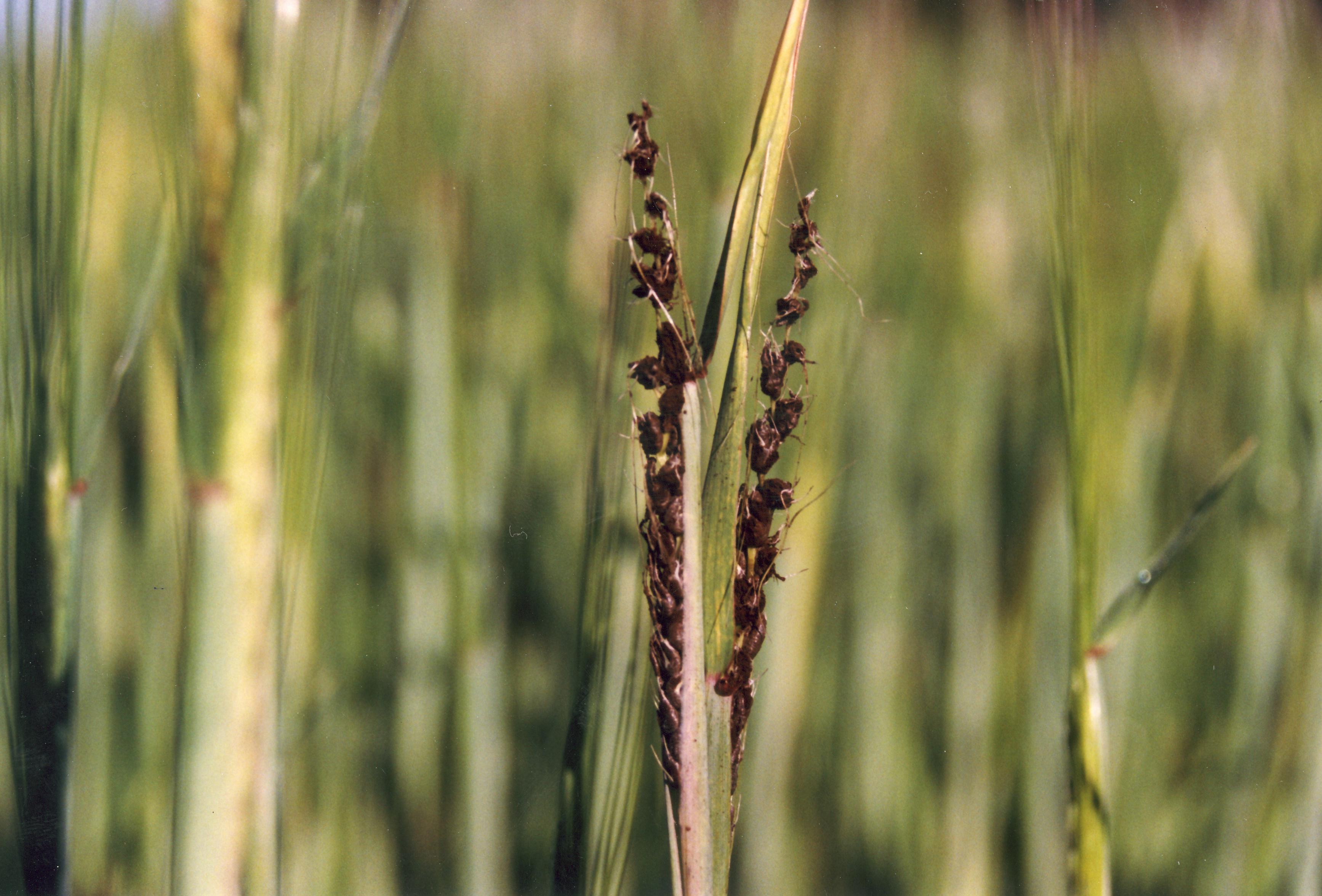Have you seen similar symptoms in your crop this year? Chances are you have barley loose smut in your crop.
Barley loose smut has been widely reported across the Mallee and Wimmera this season. Affected plants are found with black heads which disperse spores and appear to ‘disintegrate’.
Higher than average rainfall at flowering during 2022 has likely favored the infection of barley heads, contaminating harvested grain. The disease spreads through infected seeds that appear normal as the smut fungus carries over in the embryo. When the infected seed germinates the fungus grows inside the plant and produces a compact mass of spores replacing healthy grain within the head. Yield losses are generally related to the level of infection in the crop.
The first question you might be asking now is “Can I apply a fungicide to control it?” And the simple answer is a fungicide applied in crop will have no effect on controlling loose smut in your barley.
Loose smut can be prevented effectively through the regular use of clean seed and seed treatments. Seek advice from your local agronomist about the choice of seed treatment to use for your purpose. Ensuring good seed coverage is important when using seed treatments to control loose smut effectively. Poorly treated seed can often carry infection into the crop next season.
Further information on loose smut
Further information on loose smut can be found in the Loose Smut of Barley chapter of “Identification and Management of Field Corp Diseases in Victoria.
The Department of Primary Industries and Region Development in WA also have some resources that growers might find useful:
For more detailed seed treatment advice the Ground Cover article New advice for dealing with fungal disease in WA crops in season 2019 provides an excellent overview of the relatives effectiveness of different seed treatments.
The most up to date seed treatment information can be found in the 2021 SARDI Cereal Seed Treatments.
Information provide by agronomists and growers in Victoria is gratefully acknowledged.
Thank you to Hari Dadu (Agriculture Victoria, Senior Research Scientist – Field Crops Pathology), Geoff Thomas (Department of Primary Industries and Regional Development, Research Scientist), and Andrea Hills (Department of Primary Industries and Regional Development, Research Scientist).
The author wishes to acknowledge the funding provided by Agriculture Victoria and the GRDC that allows this work to occur.



